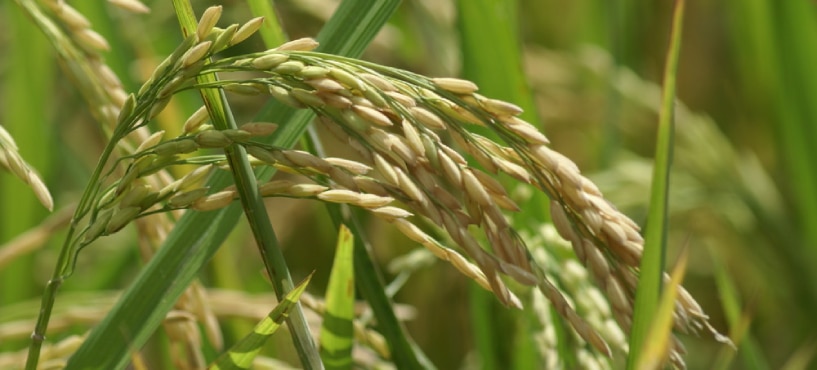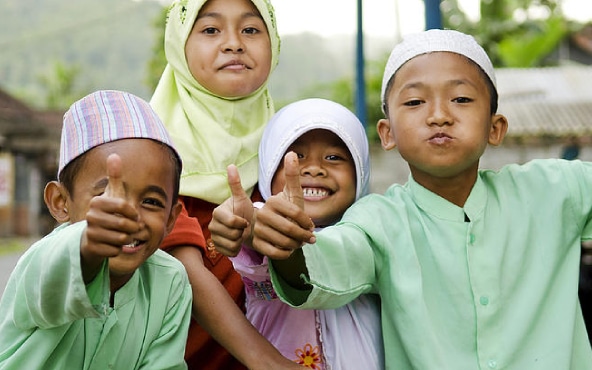Rice is much more than just food in Bali. It is a central element of the island’s culture, religion, and economy. By delving into the history and agricultural practices of Bali, one discovers a world where rice is revered and cultivated with unique devotion. This article explores the importance of rice in Bali, its traditional farming methods, its cultural and religious roles, and its future prospects in the face of contemporary challenges.
Introduction
Bali, an Indonesian island famous for its idyllic beaches and majestic temples, is also renowned for its lush terraced rice fields. Rice is not only an agricultural crop here; it is an integral part of Balinese daily and spiritual life. For centuries, the rice terraces carved into the hills of Bali have testified to the symbiotic relationship between the inhabitants and nature. This article delves into the significance of rice in Balinese society, exploring its historical, cultural, and economic importance.
History of Rice in Bali
Rice has been cultivated in Bali for millennia. The earliest traces of rice cultivation in the region date back to around 2,000 years BCE. Over the centuries, rice farming methods have been refined, resulting in sophisticated irrigation systems and environmentally respectful agricultural techniques.
Origins and Evolution
- Beginnings of rice cultivation: The first rice cultivation in Bali began over 4,000 years ago, introduced by Austronesian migrations.
- Subak irrigation systems: These communal water management systems, recognized as a UNESCO World Heritage site, are key to the success of Balinese rice farming.
Subak: The Communal Irrigation System
The subak is a unique cooperative irrigation system in Bali, democratically managed by local farmers. It is based on religious and cultural principles, emphasizing harmony between humans, nature, and the divine.
- Social organization: Each subak is led by a priest, or pekaseh, who oversees the equitable distribution of water.
- Water temples: These temples play a crucial role in the subak system, where rituals and offerings ensure the continued flow of water.
Cultural and Religious Significance
In Bali, rice is not just food; it is a sacred gift from the gods. This reverence for rice is evident in the numerous rituals and ceremonies dedicated to it throughout the year.
Rituals and Ceremonies
- Odalan: Temple festivals held every 210 days, where offerings of rice are made to the deities.
- Nyepi: The Balinese New Year, marked by a day of silence, meditation, and offerings, including rice, to ensure prosperity and balance.
- Galungan and Kuningan: Major holidays celebrating the victory of good over evil, with rice featured prominently in the offerings and feasts.
Symbolism in Daily Life
Rice is a symbol of life and fertility. It is present in almost all religious ceremonies and daily offerings, called canang sari, which are made to appease and honor the gods and ancestors.
Agricultural Practices
The traditional methods of rice farming in Bali are not only effective but also sustainable. These practices are deeply rooted in the community and culture.
Terraced Rice Fields
The iconic terraced rice fields, or sawah, of Bali are a testament to the ingenuity and hard work of Balinese farmers. These terraces help in maximizing the use of limited land and water resources.
- Construction: Built with mud and stone, these terraces are designed to reduce soil erosion and manage water efficiently.
- Maintenance: Farmers work together to maintain these terraces, ensuring their longevity and productivity.
Organic and Sustainable Practices
Balinese farmers have long practiced organic farming, using natural fertilizers and pest control methods.
- Natural fertilizers: Compost and animal manure are commonly used to enrich the soil.
- Pest control: Traditional methods, such as the use of ducks to control pests in the rice fields, are still in use.
Economic Impact
Rice farming is a crucial part of Bali’s economy. It provides livelihoods for a significant portion of the population and supports the island’s tourism industry.
Employment and Income
Many Balinese families depend on rice farming as their primary source of income. The sale of rice and rice-based products supports local economies and sustains traditional farming communities.
Tourism
The picturesque rice terraces are a major attraction for tourists. Visitors from around the world come to see the stunning landscapes and learn about traditional farming methods, contributing to the local economy.
Challenges and Future Trends
Despite its historical and cultural significance, rice farming in Bali faces several challenges, including urbanization, climate change, and shifts in economic priorities.
Urbanization and Land Use
As Bali continues to develop, agricultural land is increasingly being converted for residential and commercial use, threatening the future of traditional rice farming.
Climate Change
Changes in weather patterns and water availability pose significant risks to rice production. Farmers must adapt to these changes to ensure the sustainability of their crops.
Younger Generation’s Interest
Attracting younger generations to continue the tradition of rice farming is a challenge. Many young people are moving towards other professions, influenced by modern lifestyles and economic opportunities.
Innovation and Sustainability
To address these challenges, there is a growing emphasis on innovative and sustainable farming practices. Integrating modern technology with traditional methods could help enhance productivity and preserve the cultural heritage of rice farming in Bali.
- Agroecology: Promoting practices that balance agricultural productivity with ecological sustainability.
- Technological integration: Using modern tools and techniques to improve water management and crop monitoring.
- Education and training: Encouraging young people to engage in agriculture through education and skill development programs.
Conclusion
Rice is more than just a staple food in Bali; it is a cornerstone of the island’s culture, religion, and economy. The traditional methods of rice cultivation, embodied in the subak system, highlight the deep connection between the Balinese people and their environment. However, facing modern challenges requires a delicate balance between preserving cultural heritage and embracing innovation. By adopting sustainable practices and fostering a renewed interest in agriculture among the younger generation, Bali can continue to honor its rich legacy of rice farming while securing a prosperous future.
As we reflect on the significance of rice in Bali, it is clear that this humble grain holds the key to understanding the island’s history, culture, and future. By supporting sustainable agriculture and celebrating the traditions that make Bali unique, we can help ensure that rice continues to nourish both the body and soul of this remarkable island.





